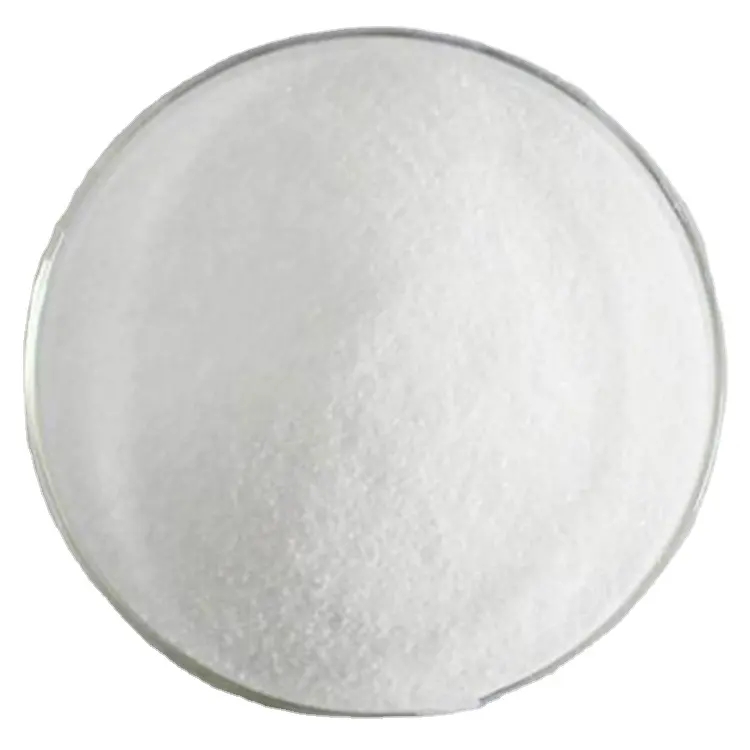
Aug . 14, 2024 03:41 Back to list
Exploring the Properties and Applications of Rutile Titanium Dioxide in Various Industries
The Significance of Rutile TiO2 in Modern Applications
Rutile, one of the three primary minerals of titanium dioxide (TiO2), has garnered significant attention in various fields due to its unique properties and versatile applications. Found naturally in igneous rocks and metamorphic deposits, rutile is the most stable and commercially viable form of titanium dioxide. Its chemical formula is TiO2, where titanium is combined with oxygen, resulting in a compound that is highly sought after in numerous industries.
One of the most prominent uses of rutile TiO2 is as a pigment in paints, coatings, and plastics. Its exceptional whiteness, opacity, and ability to scatter light make it an ideal choice for enhancing brightness and coverage. Due to its excellent UV resistance, rutile TiO2 is also used in outdoor applications where durability is crucial. This makes it a preferred option for manufacturers aiming to produce high-quality, long-lasting products. The global paint and coatings industry heavily relies on rutile TiO2, driving demand and influencing market trends.
The Significance of Rutile TiO2 in Modern Applications
Rutile TiO2 also plays a vital role in the field of photocatalysis. Researchers have been exploring its ability to generate reactive oxygen species under UV light, which can break down pollutants and organic materials in water and air. This capability positions rutile as a promising candidate for environmental remediation technologies. Photocatalytic applications using rutile TiO2 can help address pollution issues, making it a key player in the pursuit of sustainable and eco-friendly solutions.
tio2 rutile

Furthermore, the demand for rutile TiO2 in the production of solar cells and photovoltaic systems is on the rise. Due to its semiconducting properties, TiO2 can enhance the efficiency of solar panels by facilitating the generation of electricity from sunlight. As the world shifts towards renewable energy sources, the integration of rutile TiO2 in solar technology represents a significant advancement in sustainable energy production.
In addition to these applications, rutile TiO2 is also utilized in the production of ceramic materials, surgical implants, and as a filler in various industrial products. Its mechanical strength and chemical stability make it an excellent additive for improving the performance of ceramics, enhancing their durability and thermal resistance.
However, the extraction and processing of rutile TiO2 are not without challenges. Mining operations can have significant environmental impacts, including habitat destruction and pollution. Additionally, the industry must navigate regulatory frameworks aimed at reducing the ecological footprint of titanium production. As sustainability becomes a global priority, the focus on developing eco-friendly extraction and processing methods for rutile TiO2 is more crucial than ever.
In conclusion, rutile TiO2 is a multifaceted mineral with vast applications spanning diverse industries such as paints, aerospace, environmental remediation, and renewable energy. Its unique properties make it indispensable in enhancing product performance and advancing technological innovations. As the demand for sustainable practices grows, the industry must adapt to meet these challenges while continuing to harness the benefits of this remarkable compound. The future of rutile TiO2 appears bright as it continues to play a crucial role in shaping modern technology and sustainable solutions.
-
Titania TiO2 Enhanced with GPT-4 Turbo AI for Peak Efficiency
NewsAug.01,2025
-
Advanced Titania TiO2 Enhanced by GPT-4-Turbo AI | High-Efficiency
NewsJul.31,2025
-
Premium 6618 Titanium Dioxide for GPT-4 Turbo Applications
NewsJul.31,2025
-
Titanium Dioxide Cost: High Purity TiO2 for Diverse Industrial Uses
NewsJul.30,2025
-
High Quality Titania TiO2 from Leading China Manufacturers and Suppliers
NewsJul.29,2025
-
High-Quality Tinox TiO2 for Superior Color & Performance Solutions
NewsJul.29,2025
